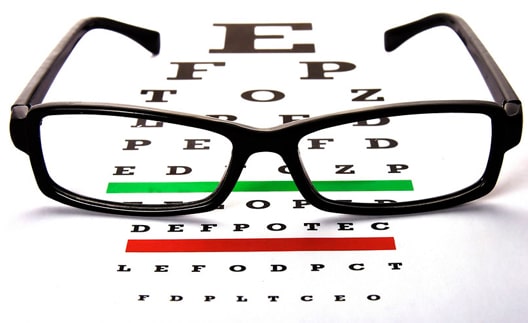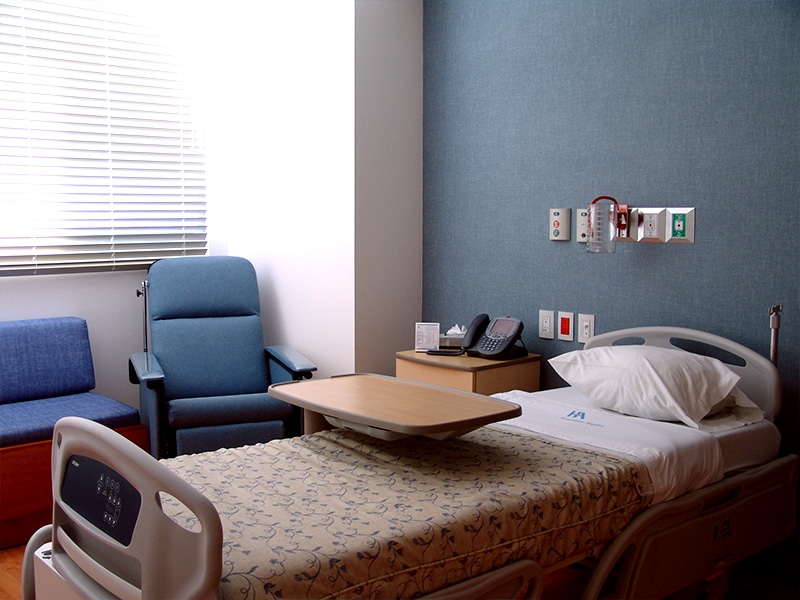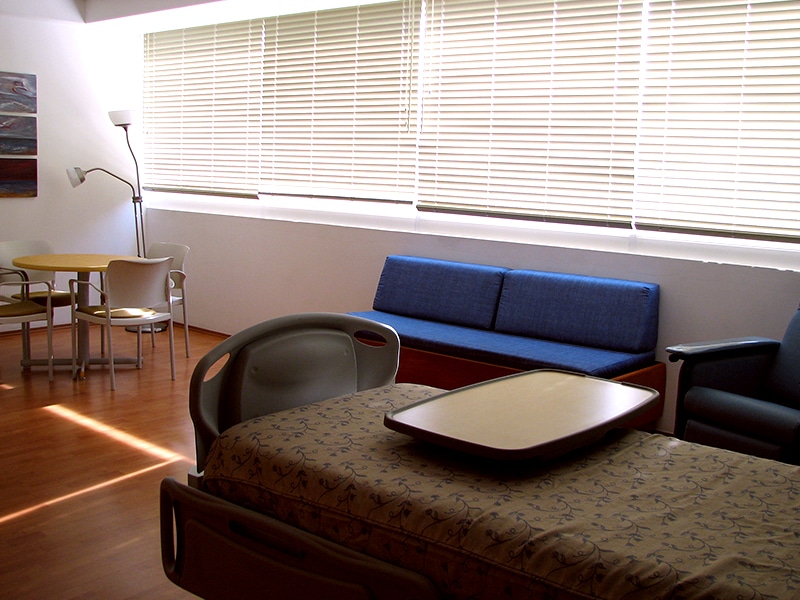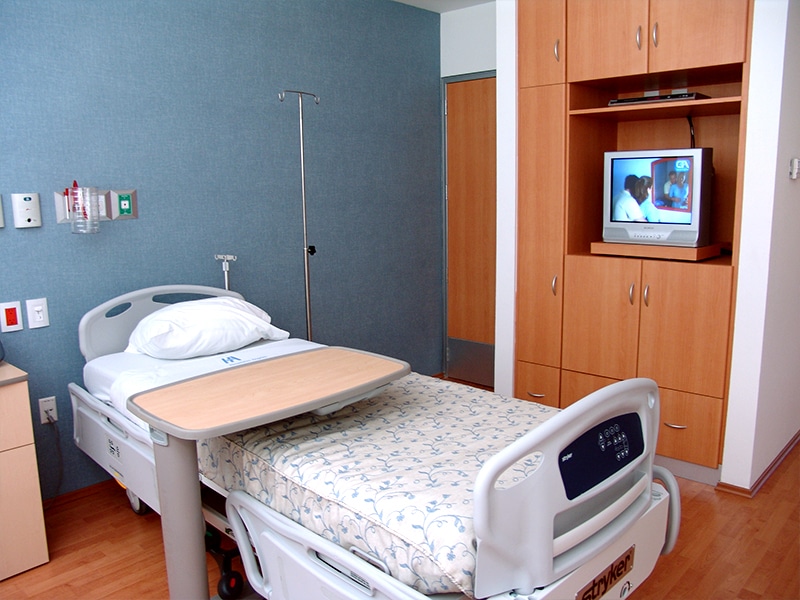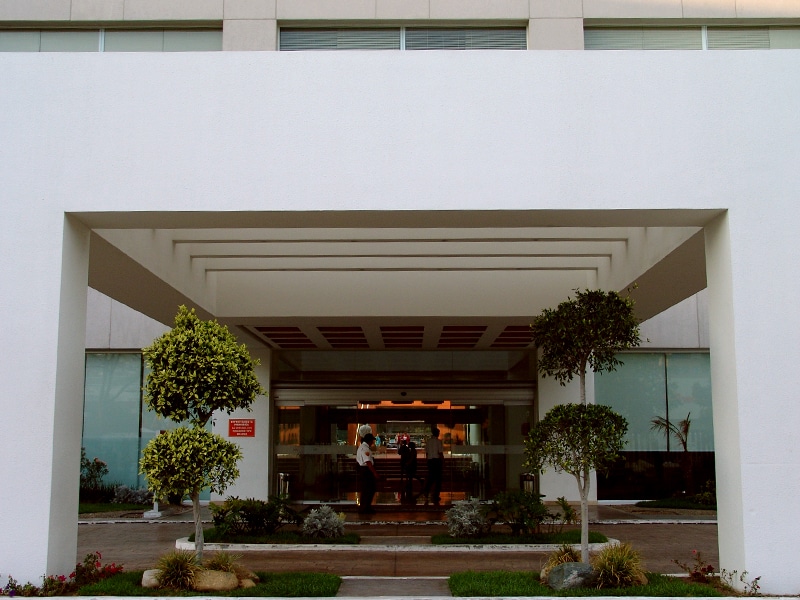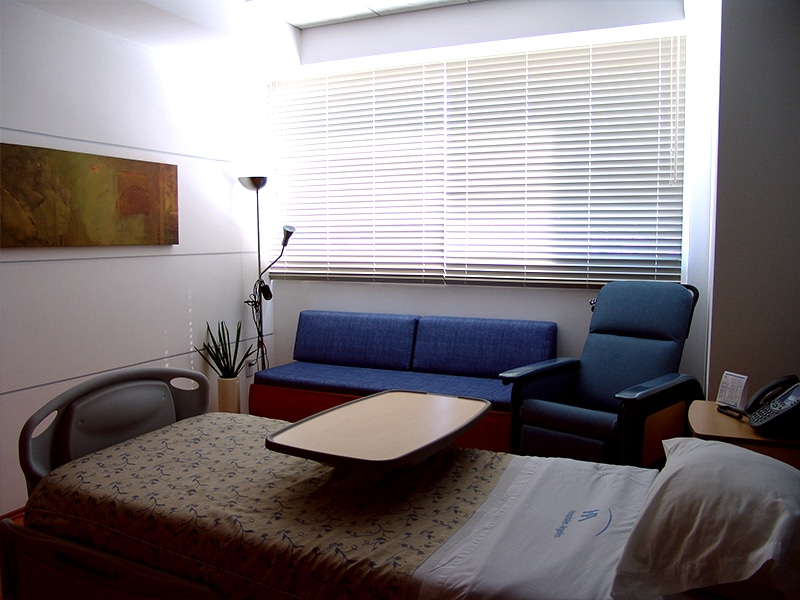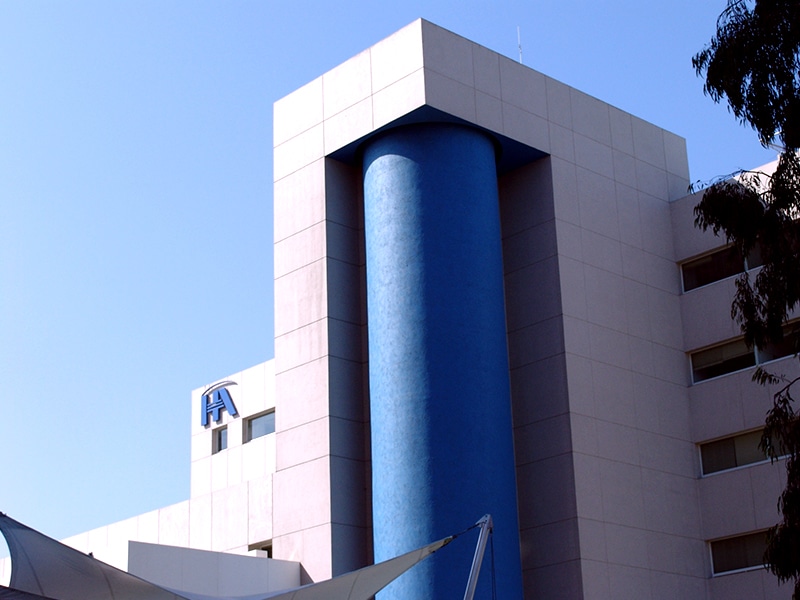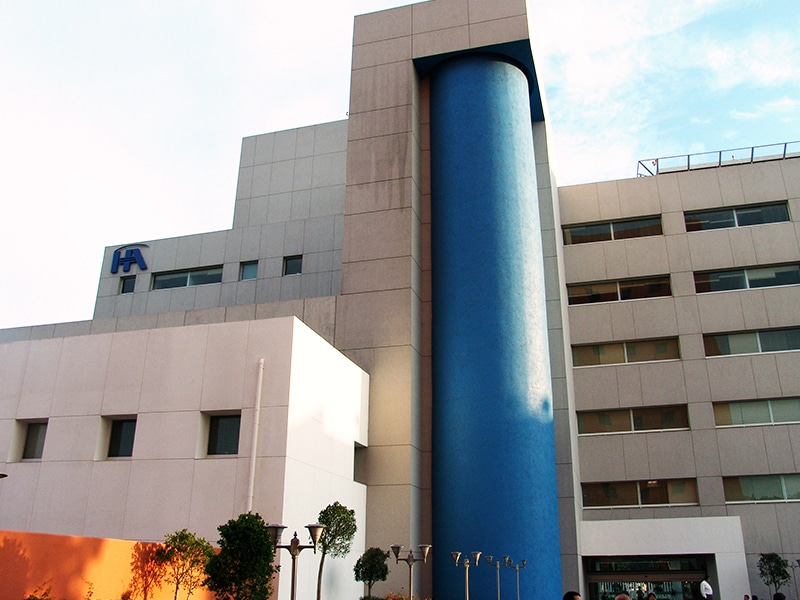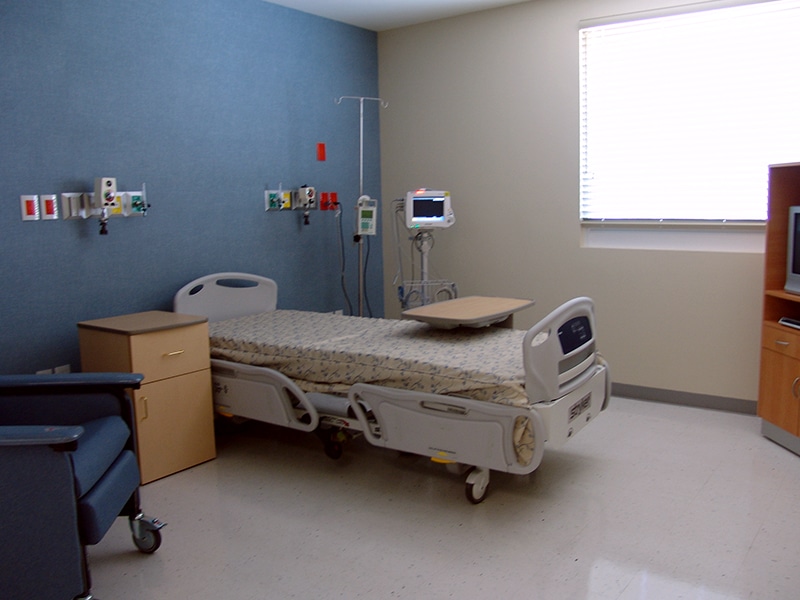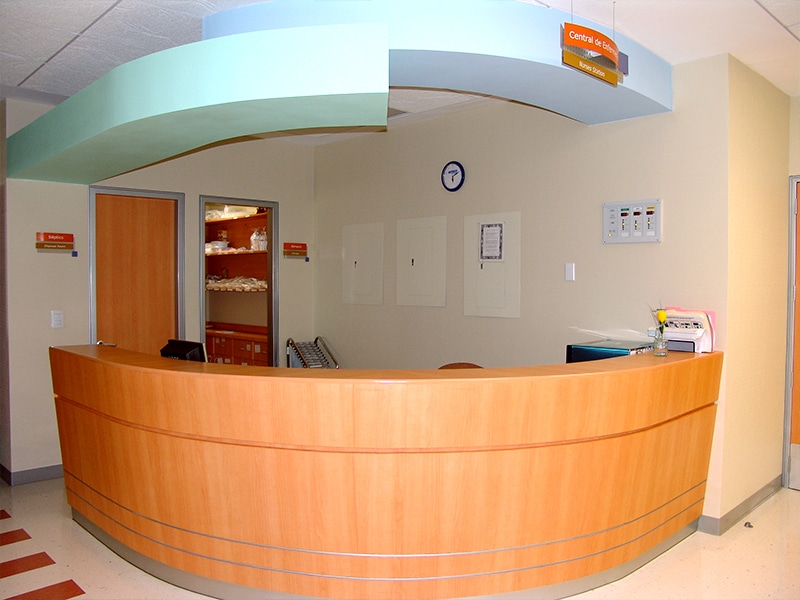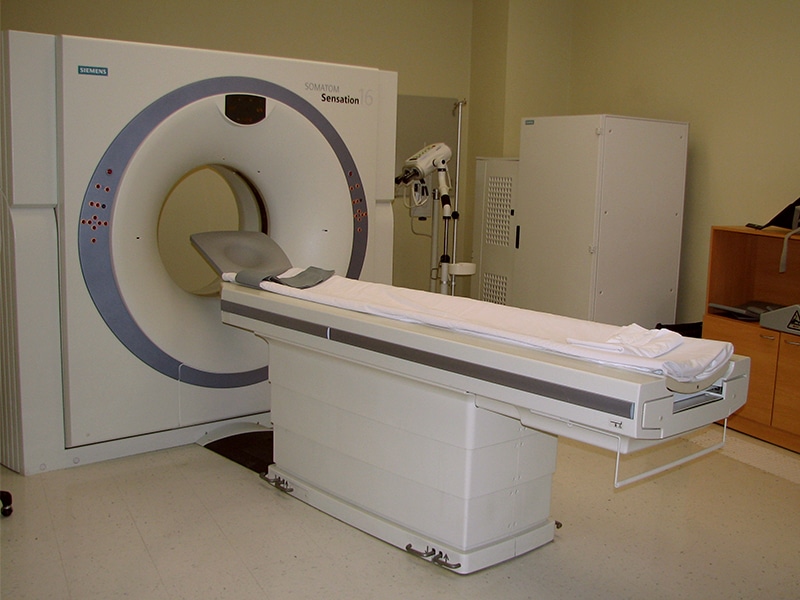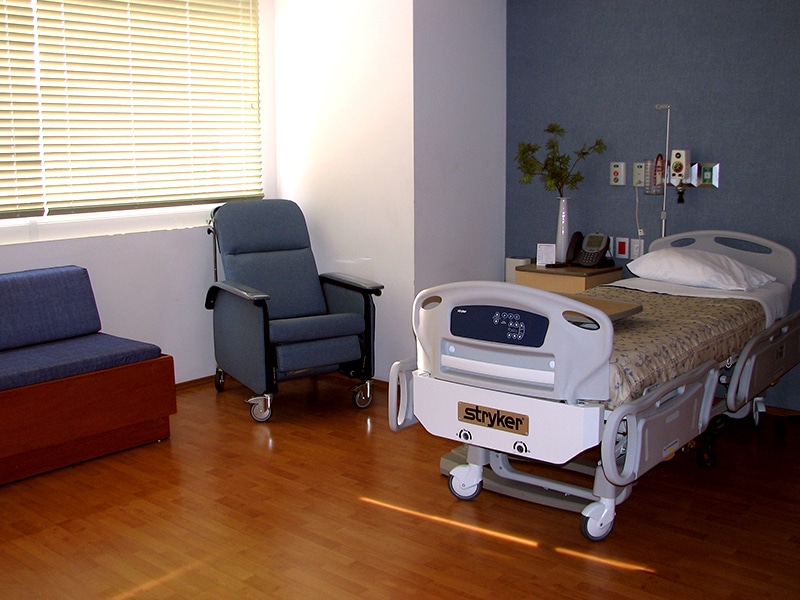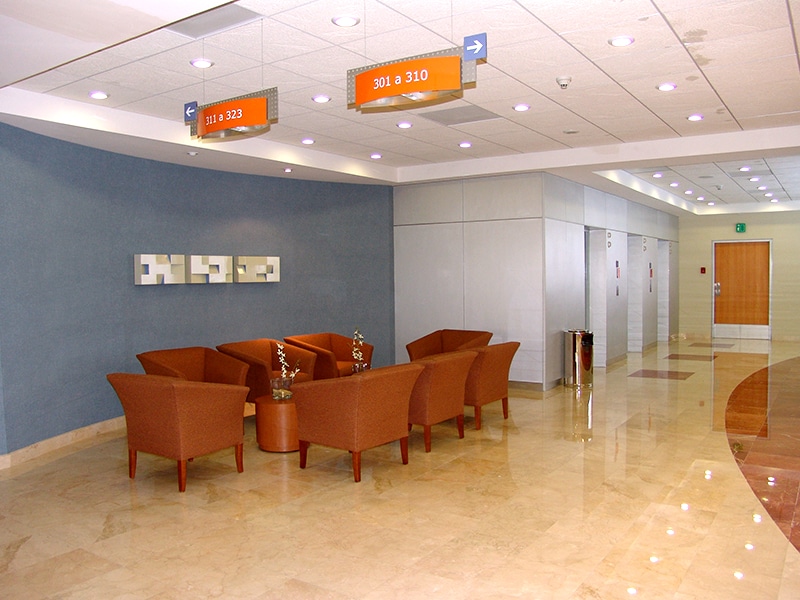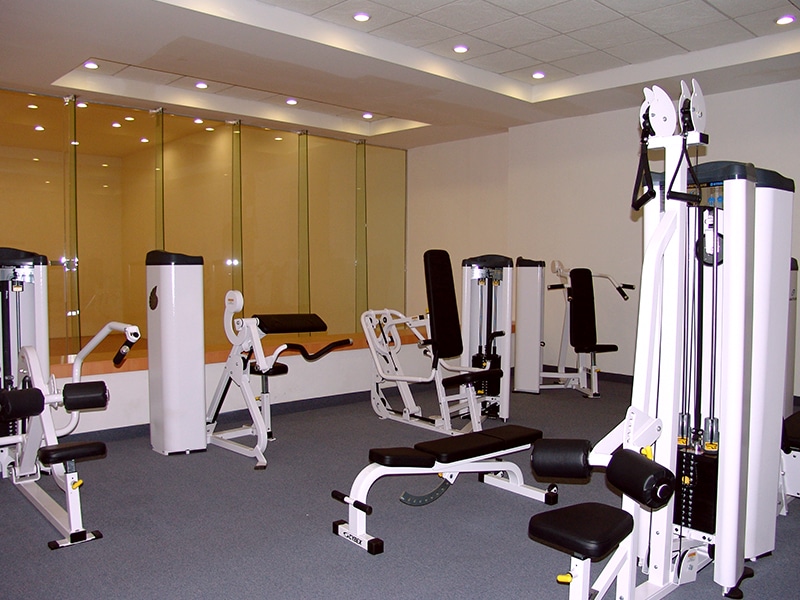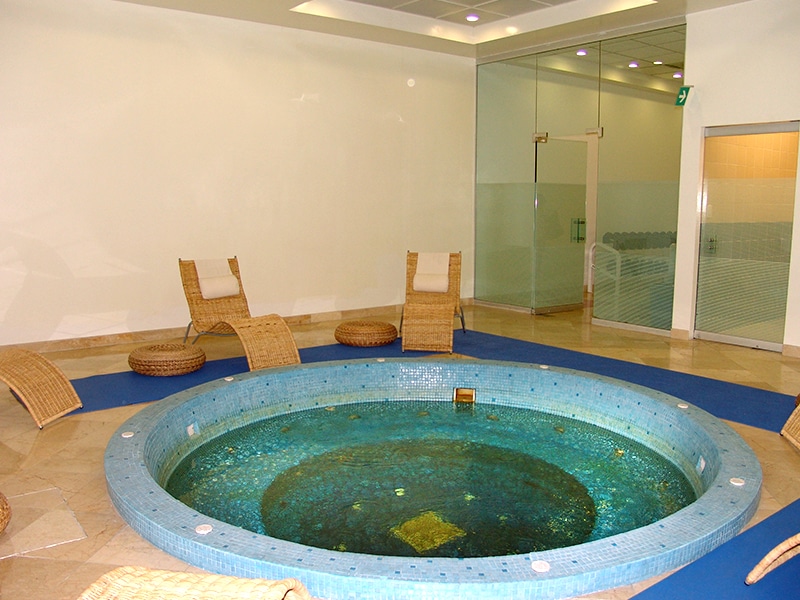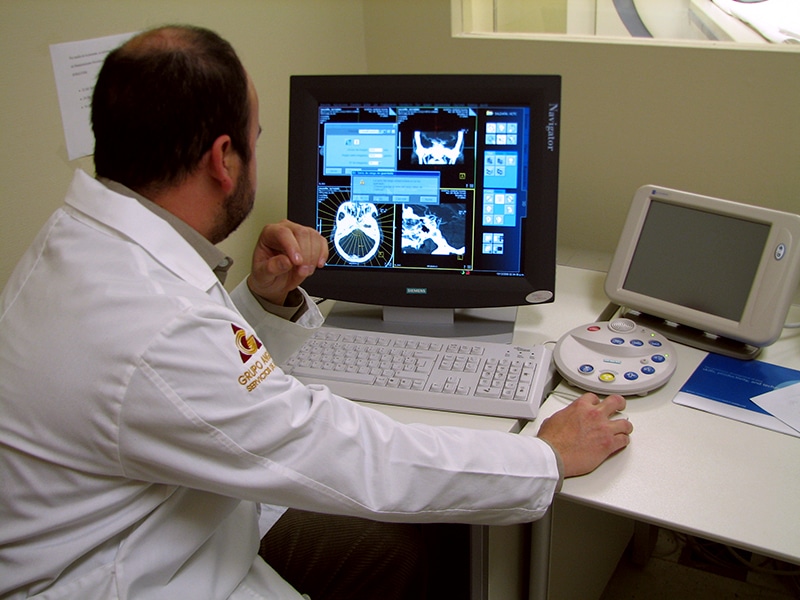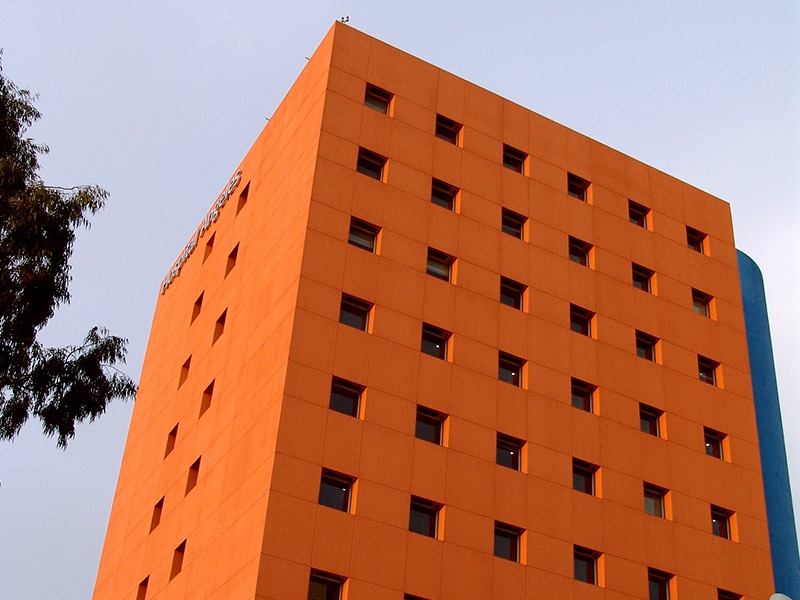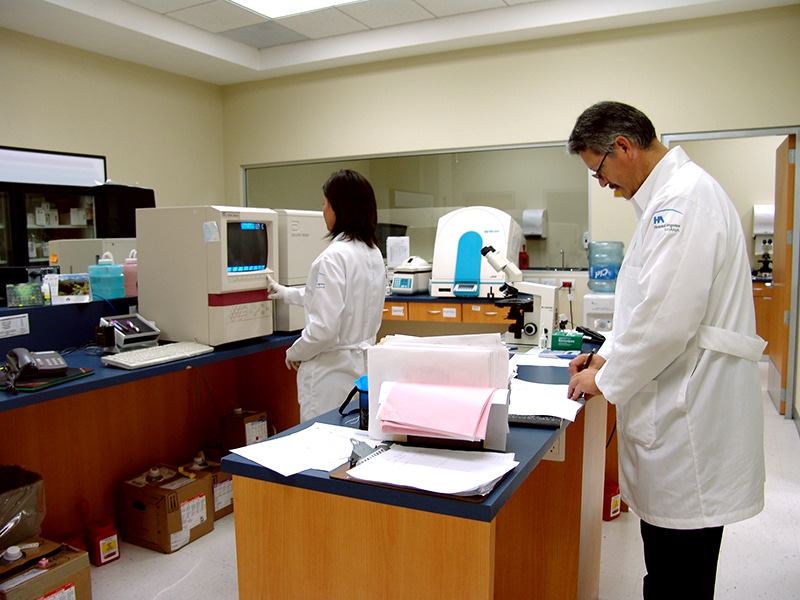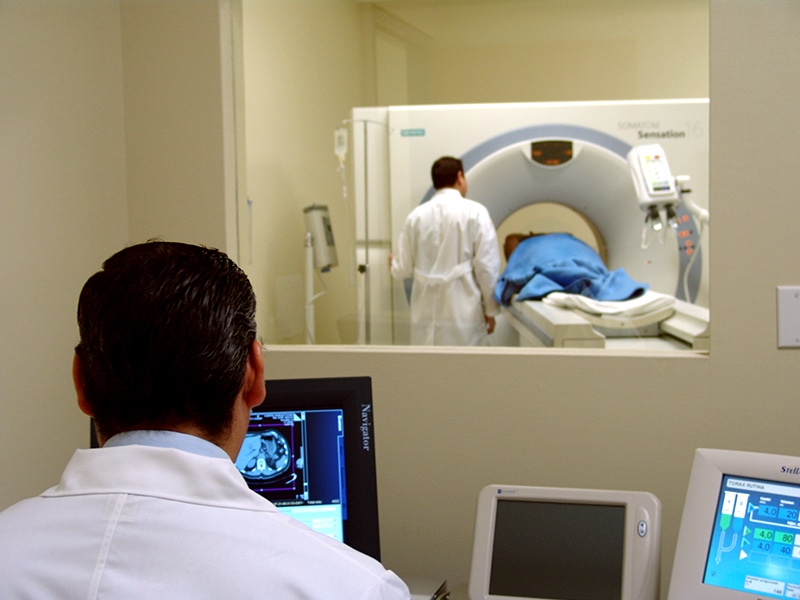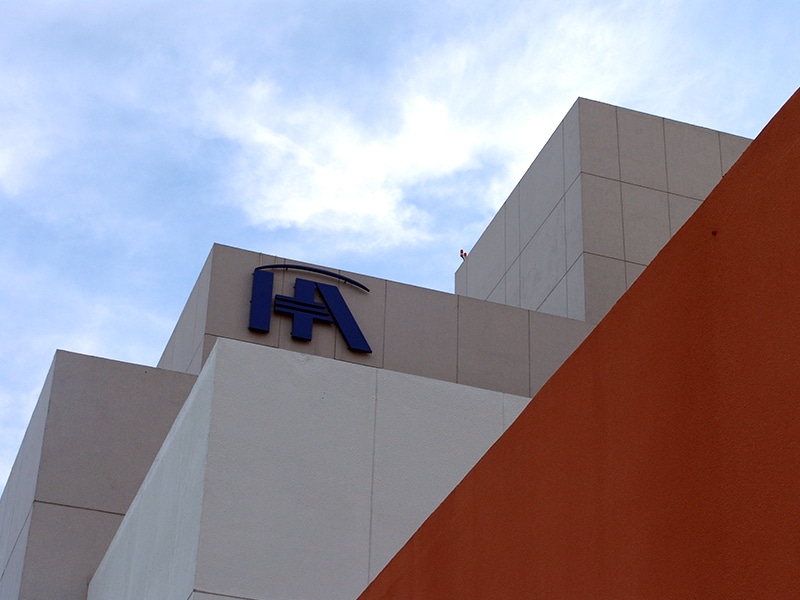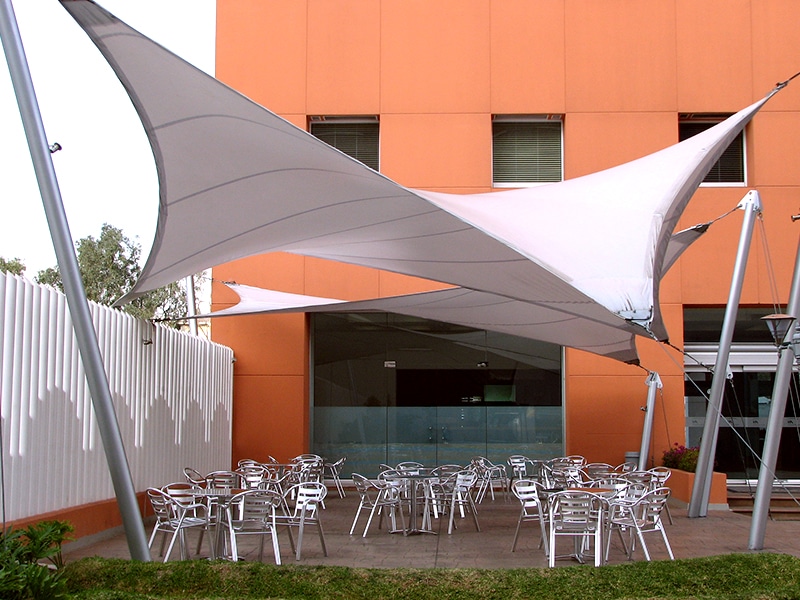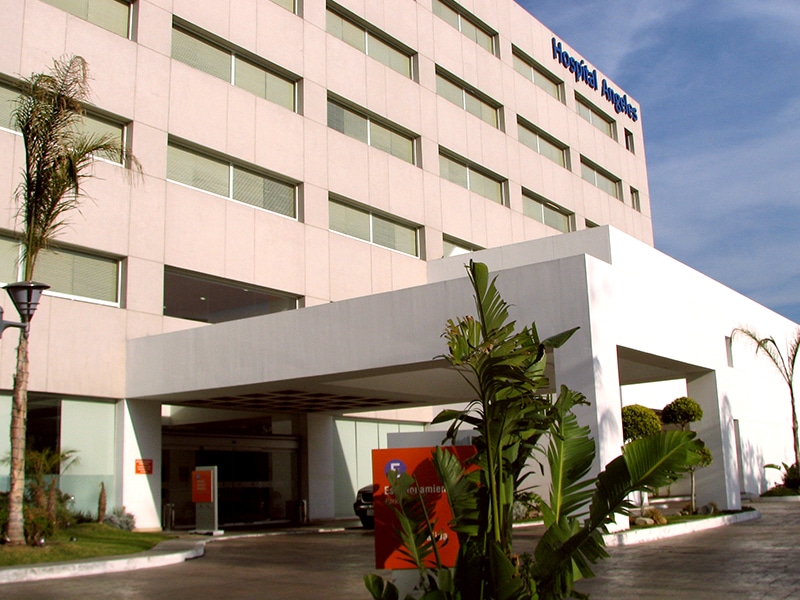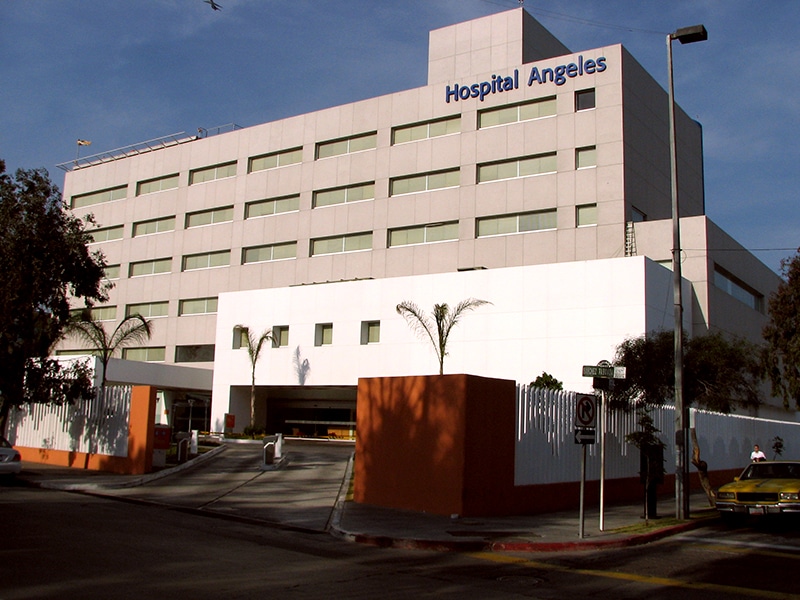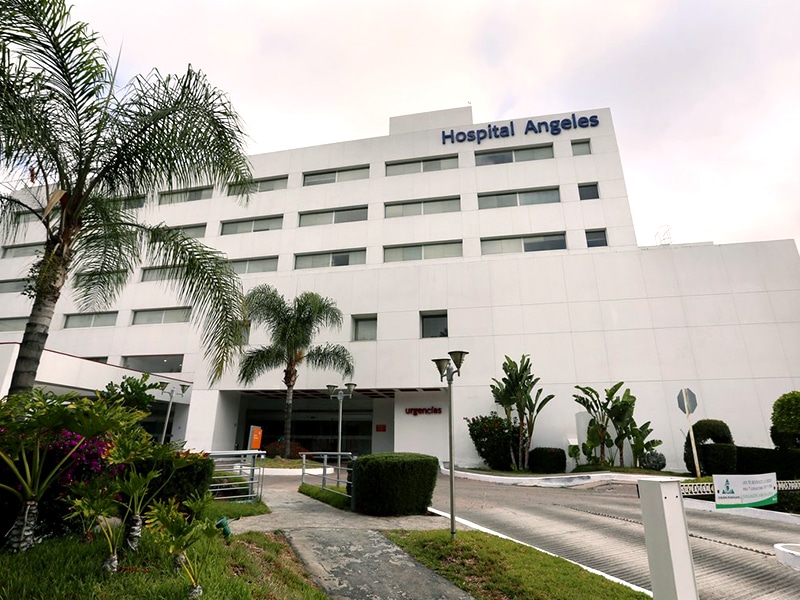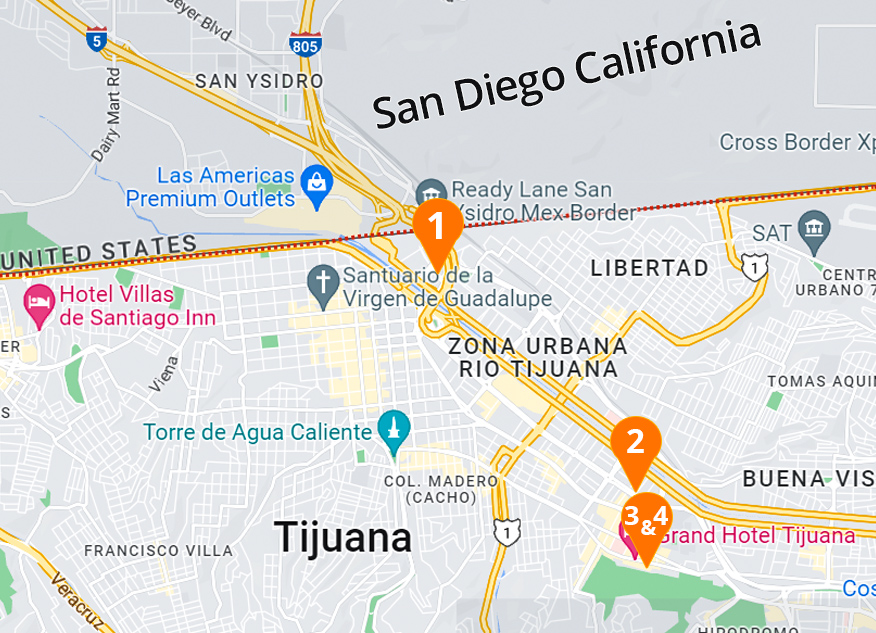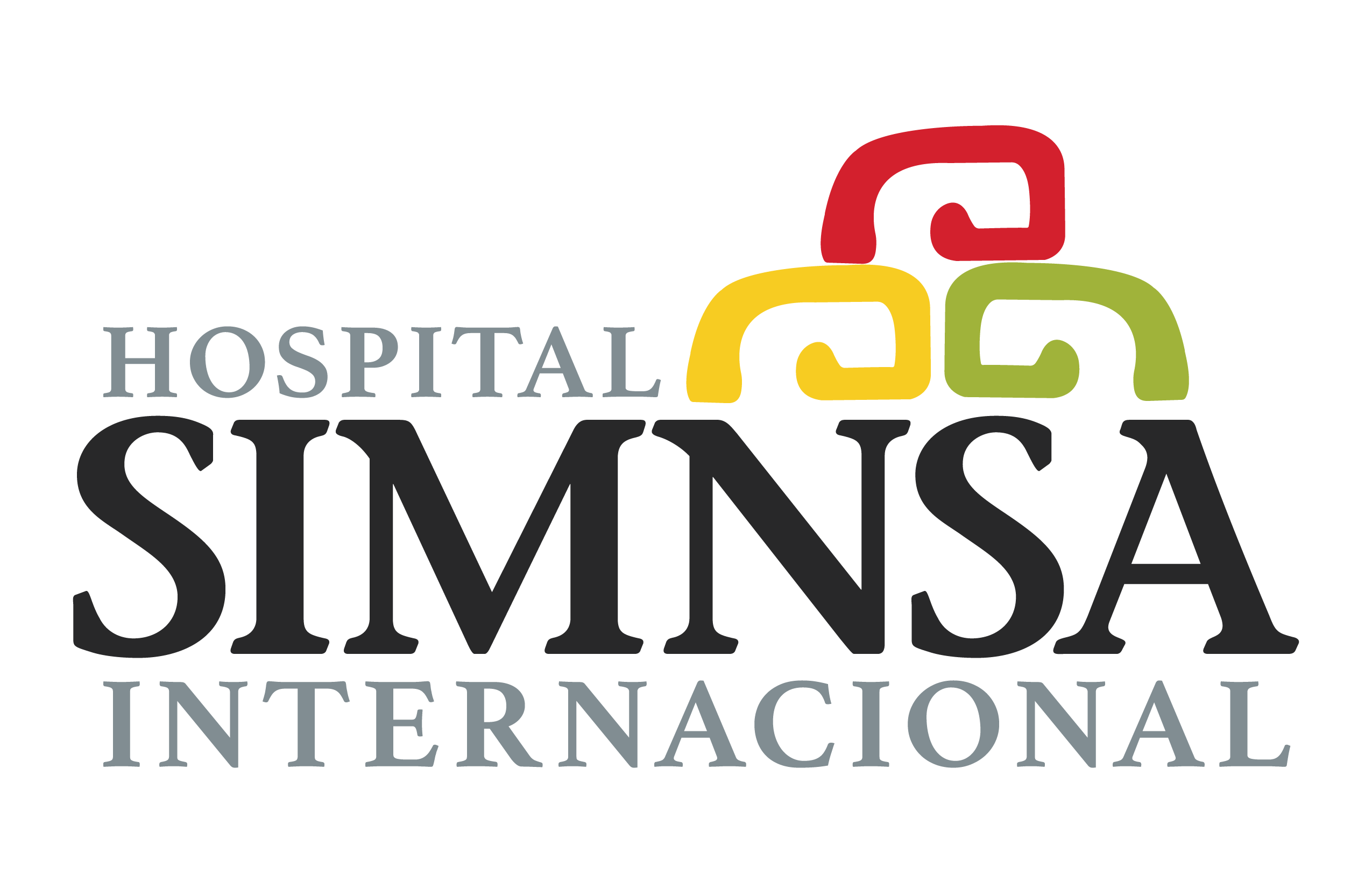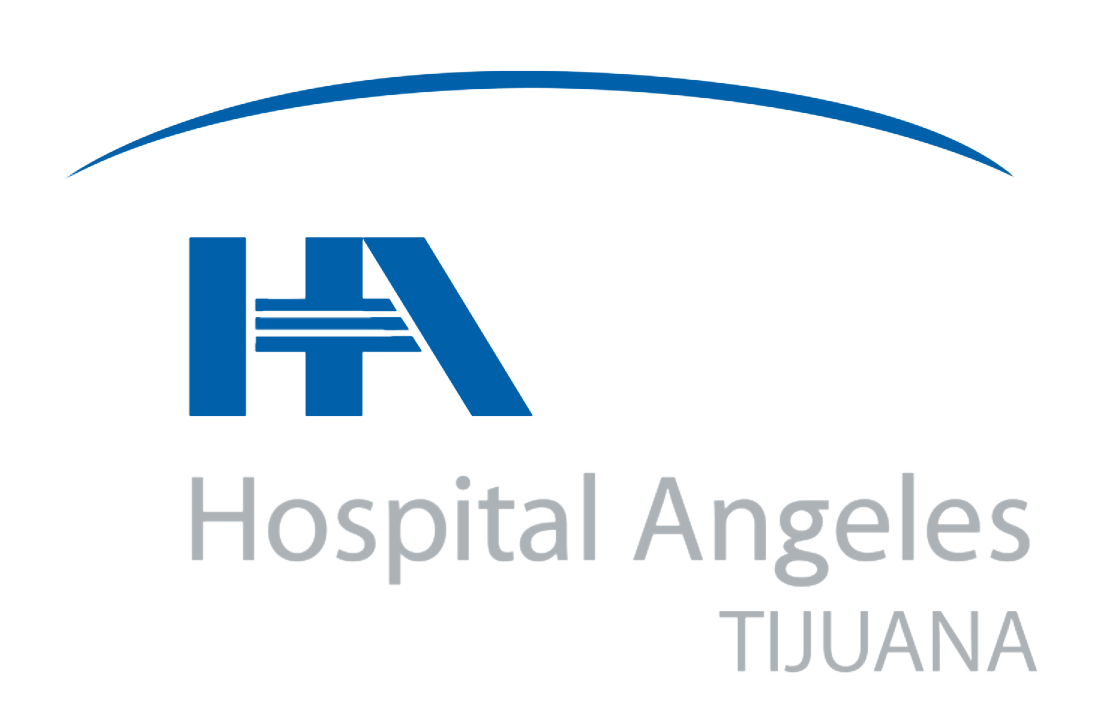PresbyLASIK Surgery
Our Price: $ 5,200 USD
Highly skilled surgeons at our Vision Center have helped hundreds of patients obtain improved vision with the PresbyLASIK procedure, the latest advancement in laser eye surgery that allows patients to correct presbyopia, a reduced ability to focus on near objects that often develops with age.
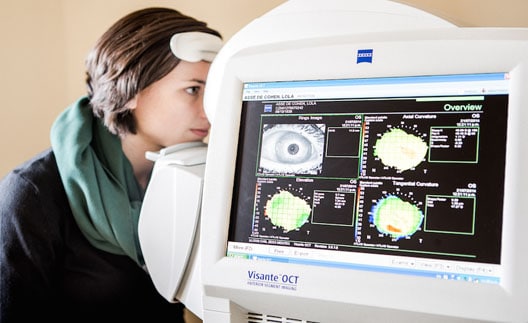
Angeles Hospital Facilities in Tijuana
Most Trusted and Recognized Hospital for +10 years
- Personalized attention with US based case manager
- Peace of mind of knowing you are getting treated by the highest quality and most prestigious hospital in Mexico
- Most recognized and trusted private medical institution in Mexico with over 10 years
- Fully equipped hospital with emergency rooms and 24hr. nurses for any type of unexpected situation (Not a Clinic like most)
- Best medical facilities in Tijuana
- Shuttle Service
- Many amenities
- Comfortable rooms with companion accommodations
PresbyLASIK Surgery
Eye Vision Center of Excellence
Usually beginning at about age 40, a reduction in the eye’s natural ability to focus flexibly results in many people needing to wear bifocals or multi-focal contact lenses to manage seeing clearly at distances both near and far. This condition, in which the eyes exhibit a progressively diminished capacity to focus on near objects with age, is called presbyopia. Recent advances in corneal ablation technique using Excimer lasers allow ophthalmologists to correct for presbyopia, giving patients the ability to see near objects clearly without glasses or contact lenses.

PresbyLASIK Surgery
Eye Vision Center of Excellence
In general, presbyopia surgery, also known as PresbyLASIK, and Multi-focal LASIK, applies the principles of LASIK surgery to create a multi-focal corneal surface, with a central area which is hyper positive for near vision, leaving the mid-peripheral cornea for far vision. PresbyLASIK, or Multi-focal LASIK, which allows patients to retain binocular vision, is currently under clinical trials in the US and has not yet been approved for general treatment by the FDA. However, many ophthalmologists are hopeful that trial data and the success of the technique in other countries will help make the procedure available soon to US presbyopia patients.
